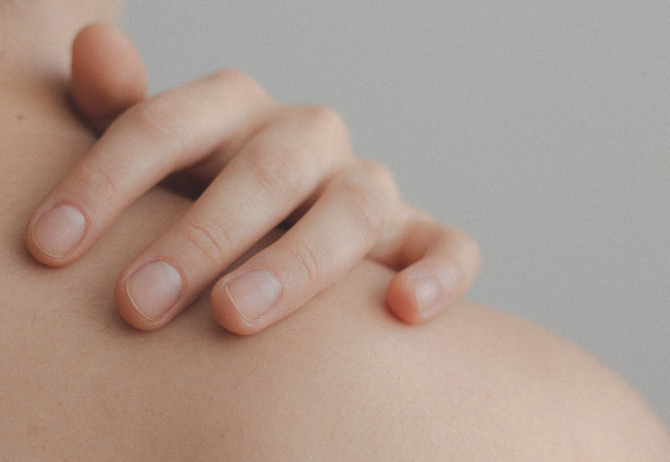With all the chaos that has ensued in the last couple of months, it makes sense that the skincare routines of patients would be the last priority of our frontline healthcare professionals. However, dermatologists worldwide have started paying attention, and the results are in: COVID-19 causes rashes (and other skin presentations).
An article was published in March that followed 48 patients in Thailand. The results showed that many COVID-19 patients were presenting with a skin rash with petechiae (small, non-blanching red or purple spots of discolouration on the skin, as pictured below), as commonly seen in dengue patients.
They were thus misdiagnosed with dengue as a result until an RT-PCR test confirmed they had been infected with COVID-19. An important note is that some of the patients did not present with a fever, meaning that the rash was the only indication that they had been infected.

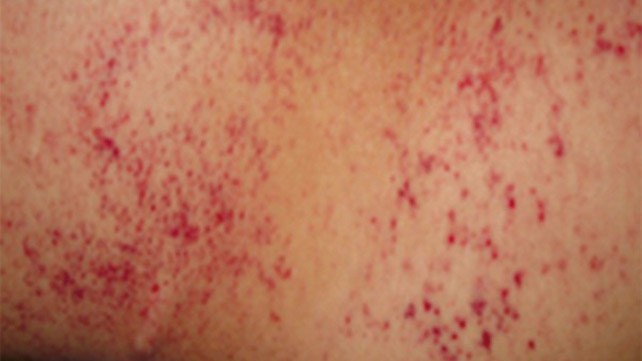
Since then, other case studies (such as this and this) have emerged to concur with the findings. A particularly illuminating study undertaken by a group of Italian dermatologists described the various rashes observed in further detail; apparently, 20.5% of the 88 observed patients developed a rash of some sort, ranging from chicken pox-like vesicles, urticaria (hives) and patchy redness.
Dr Sandra Lee (AKA the beloved YouTube sensation Dr Pimple Popper) also shared a video detailing her findings.
In the video, she explains that there are two main patterns of skin presentations observed in COVID-19 patients (so far). The first is a livedoid pattern (pictured below), described as a “red or purple-coloured, mottled, reticulated or net-like coloration pattern to the skin”. Apparently, it can occur in an array of other conditions unrelated to COVID-19 that “may or may not be worrisome”.

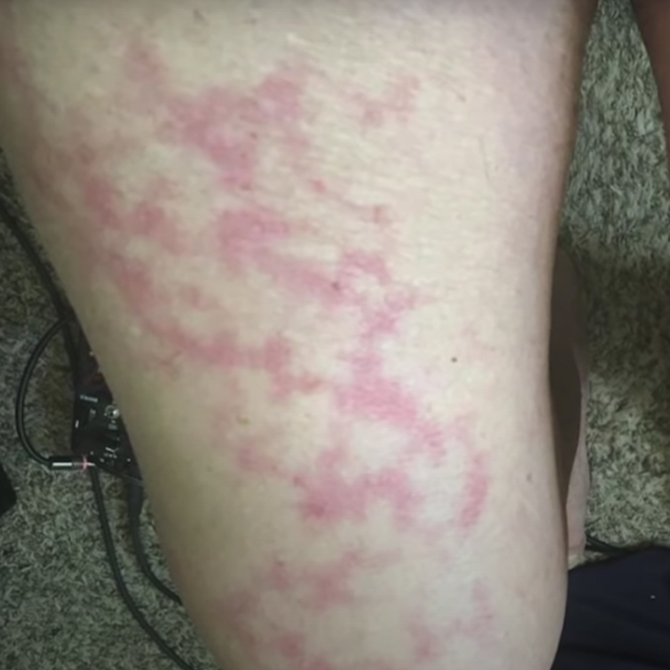
The second type of presentation is pernio, or chilblains (pictured below), a skin condition that “presents on the toes more often then the fingers with purplish slightly firm and often tender spots or bumps on the skin in these locations.” It is usually seen as a response to extended exposure to cold and damp conditions, but has been noticed in younger asymptomatic COVID-19 patients in particular. This potentially makes the symptom the first and only indication of a COVID-19 infection.

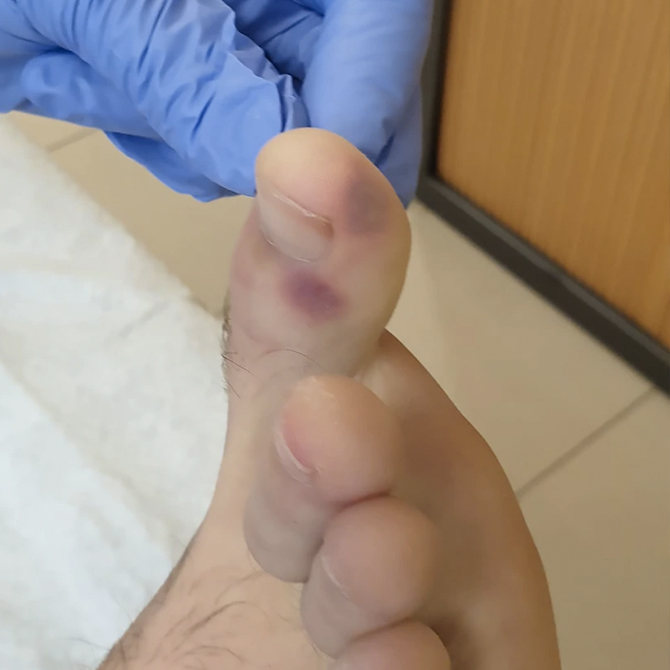
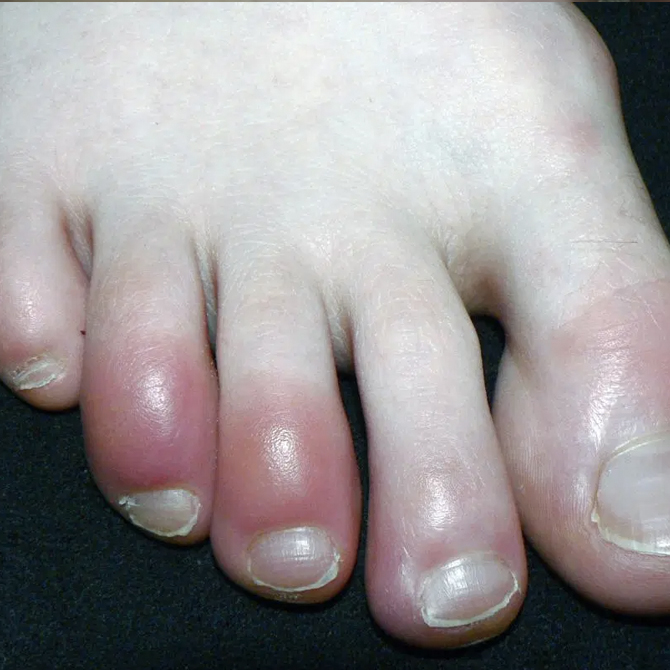
Both presentations could indicate other diseases or conditions (serious and benign), however Dr Lee pleads for you to contact your dermatologist “if you notice these for the first time and have never experienced them before”, especially if you have known exposure to COVID-19 or you’re experiencing flu-like symptoms.
So, what do these findings actually mean?
Dr Randy Jacobs, a clinical professor of dermatology at the University of California, states that skin presentations like petechiae (pictured above) and livedoid patterns occur because of “small blood vessel occlusions.”
According to Dr Lee, this basically means that “the virus is causing widespread microscopic clotting/clogging within our blood vessels,” leading to the death of the tissue that the blood vessel supplies.
She adds that “cold may play a role as well which may explain why we see it in our distal extremities (hands/feet) and even in our superficial vessels of our skin where our body temperature may be lower.”
What can we learn from this?
- There isn’t one specific rash or skin presentation that indicates COVID-19: The patterns observed so far are livedoid mottling, chilblains, petechiae, chicken pox-like pustules, hives and patchy redness
- A skin presentation corresponding to any of those mentioned above could be your only sign that you have been infected with COVID-19; contact your doctor immediately should you experience any symptoms
- The presence of the rashes does not necessarily mean a COVID-19 diagnosis; they could indicate an array of other conditions
- This is only the beginning—because the pandemic is an emerging and rapidly-developing situation, we’ll have to wait and see if any other findings become apparent
For more stories on COVID-19, click here.
| SHARE THE STORY | |
| Explore More |
